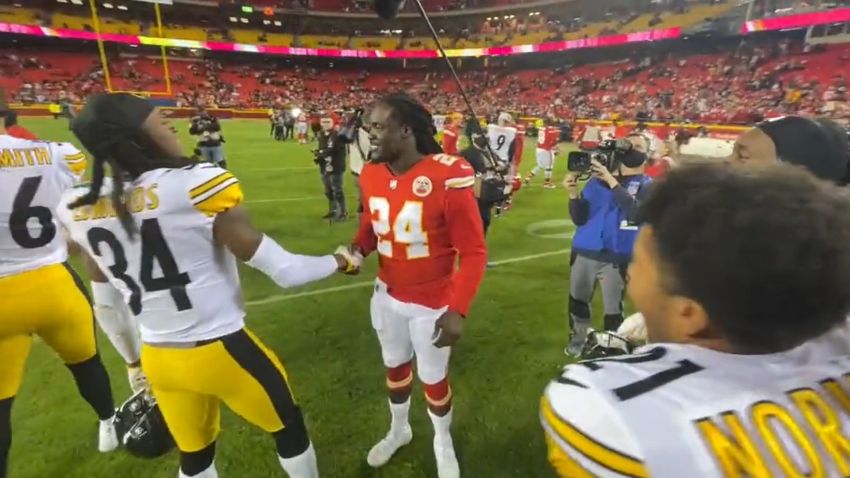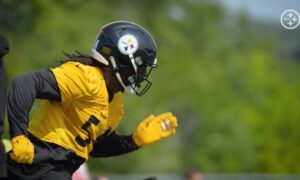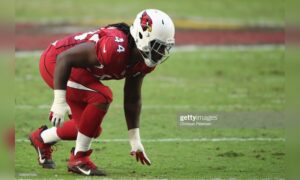The regular season marks the culmination of an extensive investigation into who your team will be that year. By this point, you’ve gone through free agency, the draft, training camp, and the preseason. You feel good in your decisions insofar as you can create clarity without having played meaningful games. But there are still plenty of uncertainties that remain, whether at the start of the regular season or the end, and new ones continually develop over time.
That is what I will look to address in our Buy or Sell series. In each installment, I will introduce a topic statement and weigh some of the arguments for either buying it (meaning that you agree with it or expect it to be true) or selling it (meaning you disagree with it or expect it to be false).
The range of topics will be intentionally wide, from the general to the specific, from the immediate to that in the far future. And as we all tend to have an opinion on just about everything, I invite you to share your own each morning on the topic statement of the day.
Topic Statement: The Steelers were right to move on from Melvin Ingram after making it clear that he was unhappy with how role on the team.
Explanation: Even though he would continue to praise the Steelers organization and his former coaches and teammates, Melvin Ingram still maintained after his trade from Pittsburgh that the situation he was in there was not what he was expecting when he signed on, and essentially acknowledged that he wanted to be traded.
Buy:
Locker room cohesion is critical for any functioning team, which is something that gets brought up whenever we talk about ‘culture’. Mike Tomlin gets docked for harboring players like Antonio Brown who may have caused locker room issues, but then gets criticized for trading off a player like Melvin Ingram, who had little more than a cup of coffee with the team.
It’s obvious that Ingram expected to be starting—whether he was told anything like that or not—when he signed on with the Steelers. Perhaps he was unfamiliar with Alex Highsmith and how high the team was on the second-year player when he signed on the dotted line, and figured he’d be running the show once he was up to speed.
Things weren’t so bad when he left, but it could have grown a lot worse had he stayed in Pittsburgh. One of the greatest players in recent team history had a fractious end with the organization, that being James Harrison, because of a disagreement on roles, and at the time, Tomlin’s refusal to grant his release. Since then, he doesn’t harbor hostages.
Sell:
The point is, things weren’t bad when he left, from a team perspective, as far as we can tell. There were no reports about him sleeping during meetings or being a bad teammate. In fact, he had many teammates very warmly embrace him after playing against him once he was traded to the Chiefs.
And you know what? They certainly could have used him on the field. I’m sure he wouldn’t have objected to playing. After all, it’s not like he was playing any more in Kansas City than he had been up to that point with the Steelers.
Pittsburgh got the short end of the stick on this trade, and that’s unambiguous. What’s less certain is whether or not they had to move on when they did, or at least whether or not that was in the team’s best interests. But one of the reasons they were willing to trade him was because of Taco Charlton, who did play decently enough when called up and made a few big plays for the defense.








